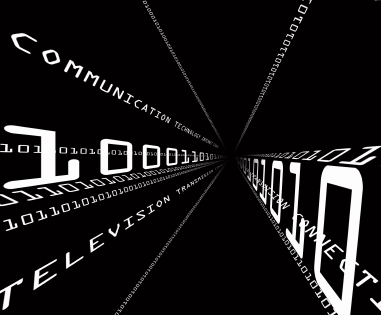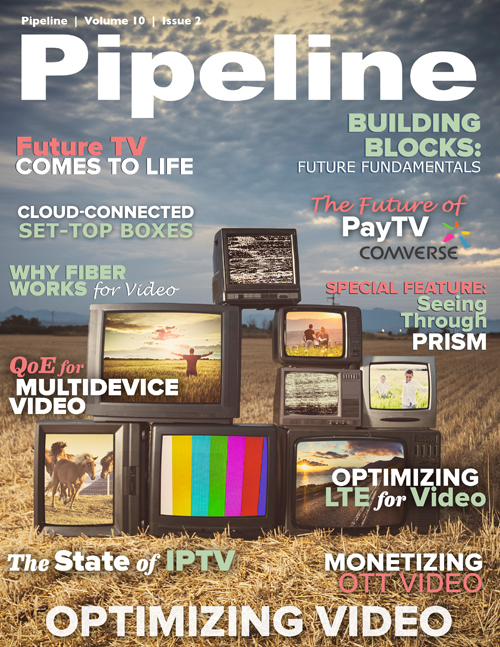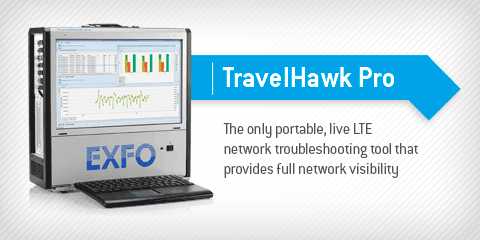Video Delivery: Why Fiber Works
By: Becky Bracken

The creativity employed by service providers and operators to offer IP services is being smothered by slow, decrepit access networks. Although the initial installation is expensive, everyone’s getting the idea pretty quickly that fiber broadband is where it’s at, especially in terms of streaming video. As an added bonus, once you’ve got fiber-to-the-home (FTTH) hooked up, you can tell your cable or satellite operator to take its ugly box/dish and expensive subscription package and get bent. And consumers have indicated they’re ready to do just that.
By 2018 there will be 940 million fiber-broadband subscribers around the world, according to the UK analysis firm Point Topic, a 46 percent increase from last year’s final tally of 643.8 million. And the number of consumers of online video will swell to nearly two billion by 2017, as indicated by Cisco’s Visual Networking Index Services Adoption Forecast, encompassing 81 percent of residential internet users.
Consumers want their TV and internet to work together seamlessly anywhere they go. Now providers such as Google Fiber have taken that idea and run with it, and are poised to revolutionize the way video content is delivered and consumed.
The idea isn’t all that new: cable companies have realized how easily they could convert a cable customer into a broadband one, because TV and internet are the PB&J of residential services—they just go well together. Plus, when customers have the benefit of a single bill, a single provider and great service, the proposition becomes a pretty easy sell. Google Fiber and other fiber-broadband providers like CenturyLink understand that once you’ve got fiber providing lightning-fast internet speeds, a slick TV-and-gaming offering is the next logical step.
Downloads
- Testing the Cloud
- Cloud Connectivity Management
- PTP Test Applications
- TCP Testing and Methodologies
-
W2CM Smart Replay
About EXFO
EXFO is among the leading providers of next-generation test and service assurance solutions for wireline and wireless network operators and equipment manufacturers in the global telecommunications industry. The company offers innovative solutions for the development, installation, management and maintenance of converged, IP fixed and mobile networks—from the core to the edge. Key technologies supported include VDSL2, ADSL2+, 3G, 4G/LTE, IMS, Ethernet, OTN, FTTx, and various optical technologies accounting for more than 35% of the portable fiber-optic test market. EXFO has a staff of approximately 1700 people in 25 countries, supporting more than 2000 telecom customers worldwide. EXFO is listed on the NASDAQ and TSX stock exchanges. For more information, visit www.EXFO.com.
Welcome to the “fiberhood”
To be fair, an adjective like “lightning-fast” doesn’t really do Google Fiber justice. Its first “fiberhood,” the Kansas City Startup Village (otherwise known as the Hanover Heights neighborhood of Kansas City, Kansas) is the recipient of unprecedented internet speeds as high as 941.65 Mbps (megabits per second) for downloads and 943.28 Mbps for uploads.
Google Fiber’s TV service is a boob-tube aficionado’s dream come true Although it’s only available in Kansas City at the moment, the company’s internet-and-TV bundle, or what those cheeky Googles
call “the full Google experience,” goes for a relatively reasonable $120 a month with Google Fiber agreeing to waive the $300 network-construction, or installation, fee for new subscribers. Those
who sign up still get traditional over-the-air (OTA) channels like CBS, PBS and Univision, but with a full slate of pay-TV faves, from Bravo and FX to MSNBC and the Disney Channel. Subscribers
also receive speeds of up to one gigabit per second (1 Gbps) for uploads and downloads, a terabyte (1 TB) of storage that covers Gmail, Google Drive and Google+ photos, and a spanking new Google
Nexus 7 tablet that doubles as a remote control.





















